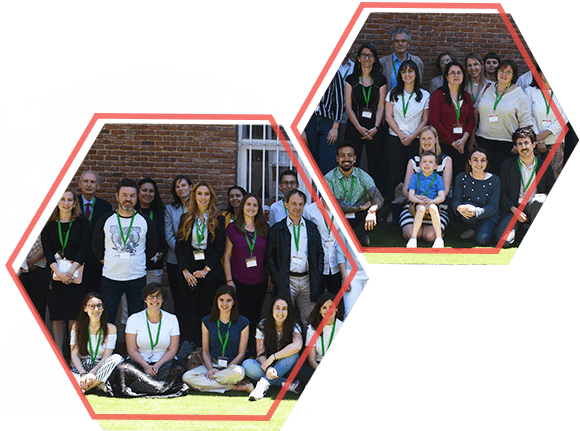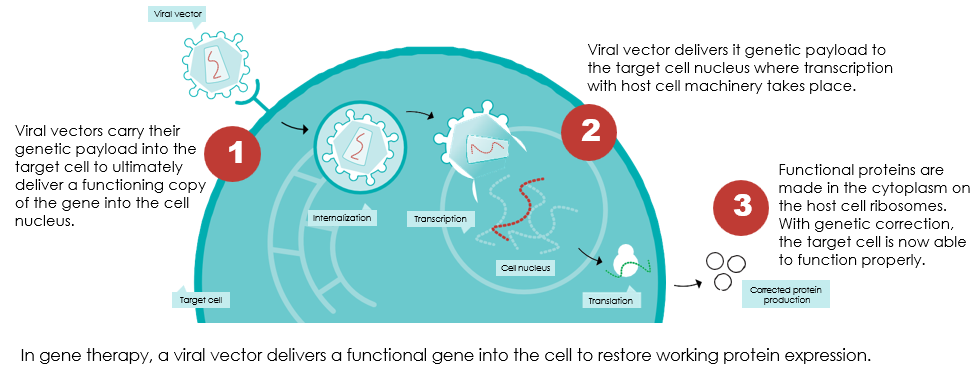Gene Therapy Overview


1. Cox DB, Platt RJ, Zhang F. Therapeutic genome editing: prospects and challenges. Nat Med. 2015;21(2):121-131. doi:10.1038/nm.3793. 2. National Center for Biotechnology Information. Genes and Disease. Updated January 2011. Accessed May 2, 2024. https://www.ncbi.nlm.nih.gov/books/NBK22183/ 3. Landhuis E. The gene fix. Various gene therapy approaches are already approved for treating blood cancers and a few rare disorders. In the not-so-distant future, they may become standard care. Nature. October, 2021. doi:10.1038/d41586-021-02736-8. 4. Goswami R, Subramanian G, Silayeva L, et al. Gene therapy leaves a vicious cycle. Front Oncol. 2019;9:297. doi:10.3389/fonc.2019.00297.
Gene therapy delivers genetic material that is engineered specifically to replace or repair part of or all of a gene that is missing or defective, directly into cells. Gene therapies are used to treat inherited and acquired genetic mutations that cause diseases. Currently available therapies for many genetic diseases focus on administration of large proteins or enzymes and typically address only the symptoms of the disease. Gene therapy aims to address the disease-causing effects of absent or dysfunctional genes by delivering functional copies of the gene sequence directly into the patient’s cells, offering the potential for curing the genetic disease, rather than simply addressing symptoms of the disease. Notably, gene therapies are designed with the goal of delivering long-term benefits through a single administration.

For more information on gene therapies, go here: Genetic Therapies | NIH.
